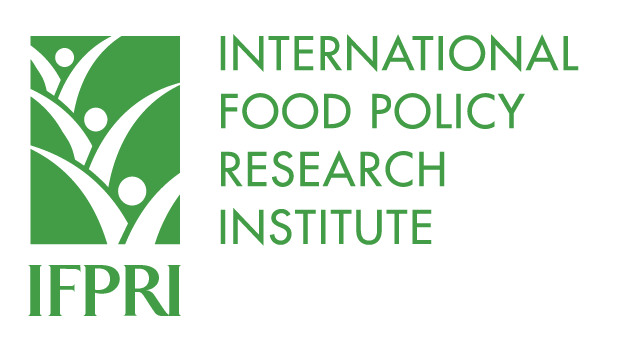For Indian farmers, Direct Benefit Transfers can work better than fertilizer subsidies
- From
-
Published on
14.01.19
- Impact Area

Technological innovations, along with price support measures and the supply of subsidized key inputs like irrigation, fertilizer, and electricity, have played an important role in the growth of Indian agriculture. These support measures have led to a sizable increase in the area under cultivation and output of cereals in Punjab and Haryana. The procurement of food grains at pre-announced prices, followed by their distribution to consumers at highly subsidized rates through fair price shops, was perceived as an accomplishment towards stabilizing prices, achieving farmers’ welfare, and ensuring food security across the country. This deliberate attempt to keep commodity prices low and compensate farmers for the loss by charging them input prices below market prices continues—though, of late, eyebrows are being raised on the effectiveness and efficiency of this particular policy instrument.
Photo: Divya Pandey/IFPRI
Related news
-

KOICA, UPLB, IRRI Partnership Establishes a Genomic Powerhouse to Future-Proof Agriculture
International Rice Research Institute (IRRI)01.07.25-
Food security
LOS BAÑOS, Philippines (26 June 2026) — KOICA, UPLB, and IRRI came together to showcase…
Read more -
-

A Quest for Market- and Farmer-Aligned Rice Varieties in Mozambique
International Rice Research Institute (IRRI)01.07.25-
Food security
Quelimane, Mozambique (11 June 2025) — Mozambique is taking steps toward a more market-responsive …
Read more -
-

Sudan’s prolonged conflict could slash GDP by over 40% and push millions deeper into poverty, new IFPRI study warns
International Food Policy Research Institute (IFPRI)30.06.25-
Food security
Press Release - June 30, 2025 A new study by researchers at the International Food Policy Research…
Read more -
